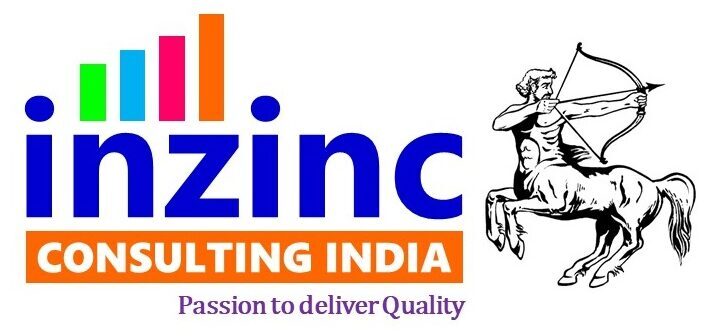The AI-Powered Cybersecurity Threats of 2025 and How to Stay Protected
Introduction
In 2025, cybersecurity threats have reached unprecedented levels, with artificial intelligence (AI) playing a significant role in both cyberattacks and defense mechanisms and we call these threats as the AI-Powered Cybersecurity threats.
As cybercriminals leverage AI to launch more sophisticated attacks, businesses must adopt proactive strategies to protect their digital assets.
The Rise of AI-Powered Cyber Attacks
 AI is transforming the cybersecurity landscape, but not always for the better. Cybercriminals are now using AI-driven tools to enhance their attacks, making them more efficient and difficult to detect. Some of the most concerning AI-driven cyber threats include:
AI is transforming the cybersecurity landscape, but not always for the better. Cybercriminals are now using AI-driven tools to enhance their attacks, making them more efficient and difficult to detect. Some of the most concerning AI-driven cyber threats include:
1. AI-Enhanced Phishing Attacks
Phishing remains one of the most effective cyber threats, and AI has made it even more dangerous. Attackers now use AI to generate highly personalized phishing emails that mimic real conversations and predict user behavior. These emails are often indistinguishable from legitimate messages, increasing the chances of success.
2. Deepfake Cyber Frauds
AI-generated deepfake technology has evolved to a point where attackers can create highly realistic audio and video content. Fraudsters are using deepfakes to impersonate executives, making fraudulent financial requests that appear legitimate. This type of cyber fraud is becoming a serious challenge for businesses worldwide.
3. Automated Hacking and Ransomware-as-a-Service (RaaS)
Hackers now employ AI to automate brute-force attacks, identify vulnerabilities, and deploy ransomware at an alarming scale. Additionally, Ransomware-as-a-Service (RaaS) allows cybercriminals with minimal technical knowledge to launch devastating attacks, making ransomware a more prevalent threat than ever before.
How Organizations Can Strengthen Cyber Defenses
 With AI-driven threats becoming more advanced, organizations need a strategic approach to cybersecurity. Here are some crucial steps businesses can take:
With AI-driven threats becoming more advanced, organizations need a strategic approach to cybersecurity. Here are some crucial steps businesses can take:
1. Implement AI-Driven Threat Detection
To combat AI-powered attacks, businesses must also leverage AI for defense. AI-powered threat detection systems analyze vast amounts of data in real-time, identifying anomalies and potential threats before they can cause harm.
2. Regular Security Audits and Risk Assessments
Conducting regular security audits helps organizations identify vulnerabilities and mitigate risks. Businesses should also perform risk assessments to understand potential threats and prepare response strategies accordingly.
3. Employee Awareness and Training
Human error is a leading cause of cybersecurity breaches. Organizations must invest in employee training programs to educate staff on cybersecurity best practices and how to identify phishing attempts. Companies looking to enhance their security awareness can explore ISO 27001 awareness training programs available in India: ISO 27001 Awareness Training in India.
4. Achieve ISO 27001 Certification
One of the most effective ways to build a robust cybersecurity framework is by obtaining ISO 27001 certification. This globally recognized standard ensures businesses follow best practices for information security management. Organizations can benefit from specialized ISO 27001 certification services.
The Future of Cybersecurity: Staying Ahead of AI Threats
 The fight against AI-powered cyber threats requires continuous vigilance and adaptation. Organizations must keep up with the latest security trends, update their cybersecurity frameworks, and leverage AI-driven security tools to stay ahead of attackers.
The fight against AI-powered cyber threats requires continuous vigilance and adaptation. Organizations must keep up with the latest security trends, update their cybersecurity frameworks, and leverage AI-driven security tools to stay ahead of attackers.
By combining AI-powered defense mechanisms, cybersecurity awareness training, and global security standards like ISO 27001, businesses can build a resilient security infrastructure to guard against the AI-Powered Cybersecurity Threats. Staying proactive in this digital age is the only way to safeguard sensitive data and maintain trust in an increasingly AI-driven world.
